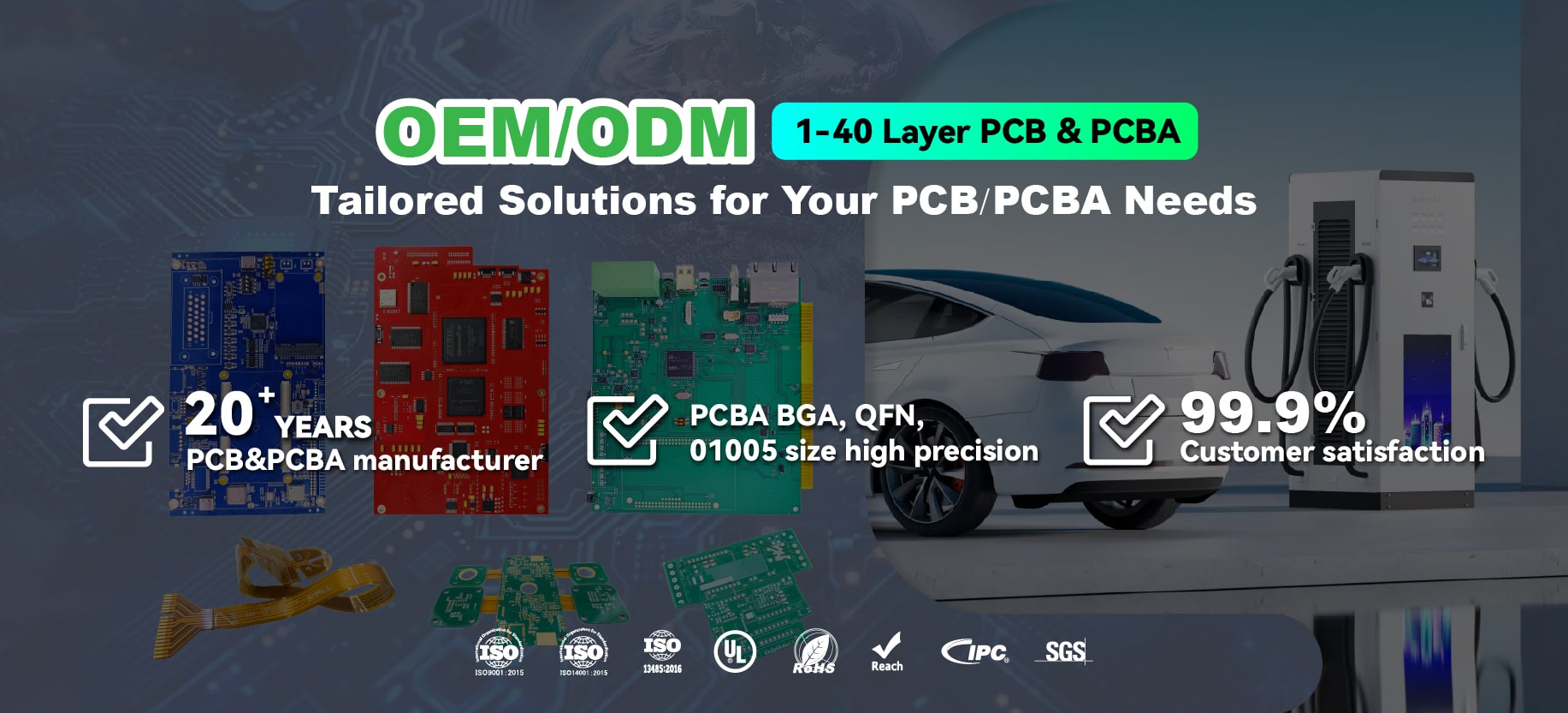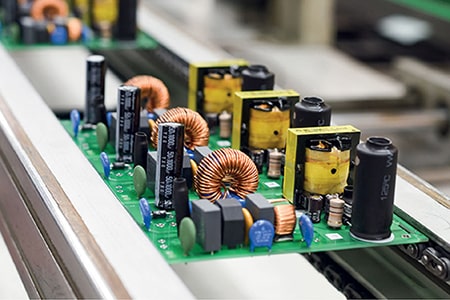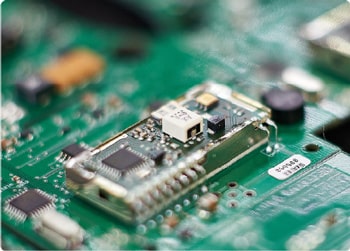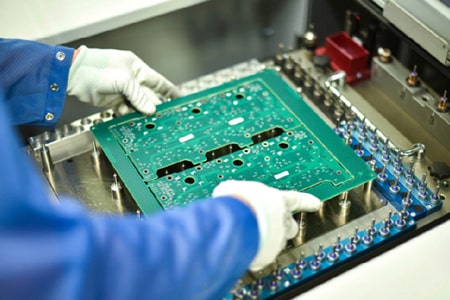PCB Materials: The Cornerstone of Electronic Product Performance
In electronics manufacturing, PCB materials are a crucial factor in determining circuit board performance and reliability. Whether used in consumer electronics, communications equipment, or aerospace applications, different PCB materials directly impact the product's conductivity, heat resistance, mechanical strength, and cost.
Understanding the types and characteristics of PCB materials not only helps you select the right product but also ensures successful project delivery.
1. What are PCB Materials?
PCB (Printed Circuit Board) materials are the foundational materials used in circuit board manufacturing and are primarily divided into two parts:
Substrate material: Provides mechanical support and is typically made of resin, fiberglass, and other composite materials.
Copper foil: The primary conductive path used to connect various electronic components.
The combination of different PCB materials determines the board's performance, such as conductivity, heat resistance, and signal transmission speed.

2. Common PCB Material Types and Characteristics
FR-4 (Glass Fiber Reinforced Epoxy)
Features: High mechanical strength, excellent heat resistance (typically 130°C to 180°C), and good electrical properties. Applications: Consumer electronics (such as smartphones and computer motherboards), general industrial electronics.
Advantages: Highly cost-effective, one of the most widely used PCB substrates.
CEM-1 and CEM-3 (composite epoxy materials)
Features: Excellent mechanical and electrical properties, lower cost than FR-4.
Applications: Home appliances (such as TVs and washing machine control circuits), low-end consumer electronics
Advantages: Suitable for projects with limited budgets, but slightly lower heat resistance than FR-4.
High-frequency materials (such as PTFE and Rogers materials)
Features: Extremely low dielectric constant and dielectric loss, excellent high-frequency signal transmission performance.
Applications: 5G communications equipment, radar systems, and high-speed data transmission equipment.
Advantages: Suitable for high-frequency PCB and high-speed signal environments, but higher cost.
Metal substrates (such as aluminum and copper substrates)
Features: Extremely high thermal conductivity and heat dissipation capabilities, high mechanical strength
Applications: LED lighting, power modules, automotive electronics (such as battery management systems)
Advantages: Suitable for applications with high power and high heat dissipation requirements.
Flexible Materials (such as Polyimide (PI))
Features: Bendable and foldable, adaptable to complex structures, lightweight, and thin.
Applications: Wearable devices, medical electronics, and aerospace.
Advantages: Used in electronic products with specialized design requirements, significantly saving space.
3. How to Choose the Right PCB Material?
Selecting the right PCB material requires comprehensive consideration of the following factors based on the application scenario and product requirements:
Electrical Performance
High-frequency applications require materials with low dielectric constant and low dielectric loss, such as PTFE.
Conventional electronic devices can use FR-4 or CEM materials.
Thermal Performance
High-power devices prioritize metal substrates.
In high-temperature environments, materials with higher heat resistance, such as FR-4 with a high Tg (glass transition temperature), should be selected.
Mechanical Performance
Products requiring high bending and folding requirements can choose flexible materials.
For devices requiring high strength, FR-4 or metal substrates can be used.
Cost Factors
Projects with limited budgets can choose CEM materials, which offer a high cost-effectiveness. For high-end devices, prioritize materials with superior performance, such as Rogers or metal substrates.
4. The Importance of PCB Materials
Choosing the right PCB material is critical to ensuring product quality and performance.
- Clarify the product's application scenario, environmental requirements, and performance specifications during demand communication.
- Work with an experienced PCB manufacturer to ensure that material selection and processing meet international standards.
- Prioritize suppliers who can provide comprehensive technical support to quickly resolve any material selection questions.
PCB materials are the cornerstone of electronic product performance. Different material choices directly affect the product's conductivity, heat resistance, mechanical strength, and cost. Whether you're manufacturing high-end communications equipment, consumer electronics, or LED lighting, choosing the right PCB material is the first step to success.
If you're looking for a reliable PCB manufacturing partner, PCBAMake has extensive experience and a diverse material selection, enabling us to provide the optimal solution for your project. Contact us for a customized PCB solution that will help your product stand out in the global market!







